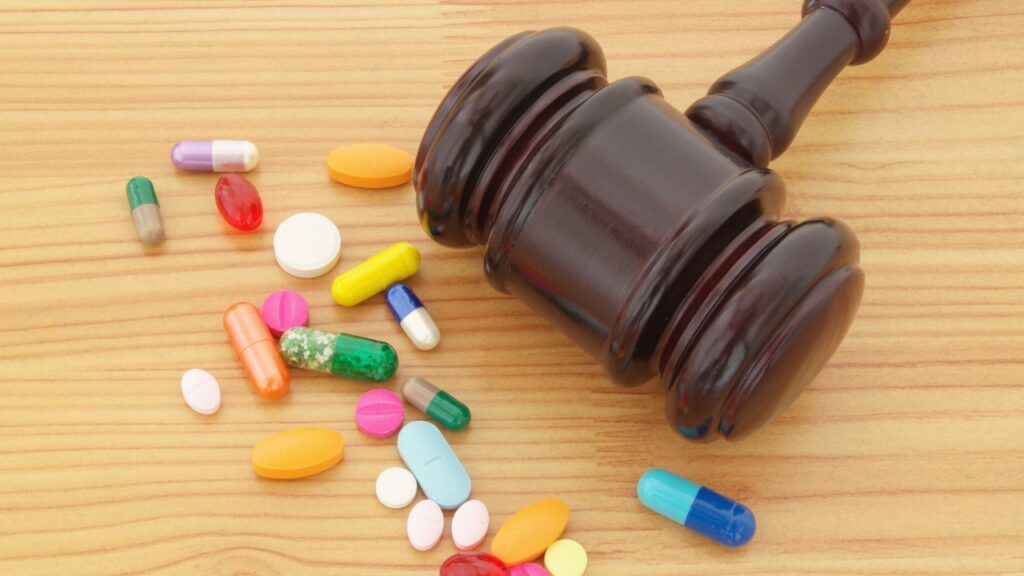
Advancements in pharmaceuticals have vastly improved healthcare in today’s world, extending lives and offering hope to millions. However, there’s a darker side to the pharmaceutical industry that occasionally surfaces—cases where medications intended to heal allegedly end up causing significant harm.
These allegations can lead to pharmaceutical mass torts, where large groups of individuals allegedly harmed by the same drug or medical device pursue legal action collectively. Mass torts play a critical role in holding companies accountable for alleged negligence, and sometimes help to shape the future of healthcare safety and consumer protection.
Examples of pharmaceutical torts
Pharmaceutical mass torts have become more prominent as awareness grows and alleged victims seek recourse. Some cases stand out as stark reminders of the potential risks associated with certain medications and devices.
Examples of prominent mass torts include:
Zantac heartburn medication – Plaintiffs allege that recalled Zantac products were contaminated with a carcinogen that increased their risk of developing certain types of cancer, including bladder cancer, esophageal cancer, liver cancer, stomach cancer, and more. In October 2024, GSK agreed to pay $2.2 billion to resolve the Zantac cancer lawsuits. Cases are ongoing against generic manufacturers.
Hernia mesh devices – Several companies, including Atrium, Bard Davol, and Ethicon, are facing lawsuits over alleged hernia mesh complications. Patients reported severe complications such as migration and perforation.
Oxbryta – Oxbryta, a medication designed to help manage sickle cell disease by improving oxygen levels, has recently come under scrutiny due to studies linking it to an increased risk of vaso-occlusive crises, a dangerous complication. The makers of Oxbryta are now facing legal actions.
Legal Challenges
While pharmaceutical mass torts bring attention to allegedly dangerous products and attempt to help protect future patients, they can be challenging to litigate. Pharmaceutical companies have resources dedicated to legal defense and establishing scientific backing, making it difficult for plaintiffs to prove their cases. These trials require a detailed examination of medical studies, expert testimonies and individual medical histories, all of which must connect the dots between the drug and the alleged harm caused.
Another challenge lies in overcoming the regulatory approvals that pharmaceutical companies often use as a defense. For example, if a drug has received FDA approval, companies may argue that the medication/device met legal requirements, even if their product caused harm later. This creates an additional layer of complexity, as lawyers must demonstrate that companies were aware of potential risks but withheld crucial information from both the FDA and the public.
Your options
If you suspect that a medication or medical device has caused harm, it’s essential to understand your options. The first step is to seek medical attention and document any symptoms or adverse effects. If you want to take legal action, you can consult a legal professional experienced in mass torts. These individuals can evaluate your case and help determine whether it aligns with an existing mass tort or requires a unique legal approach.
If you believe you were harmed by a medication or medical device, we may be able to help. Contact us for a free case evaluation.
The law firm responsible for the content of this page is:
LegaFi Law LLC (an Arizona law firm)
888-4-LegaFi
www.legafi.com
